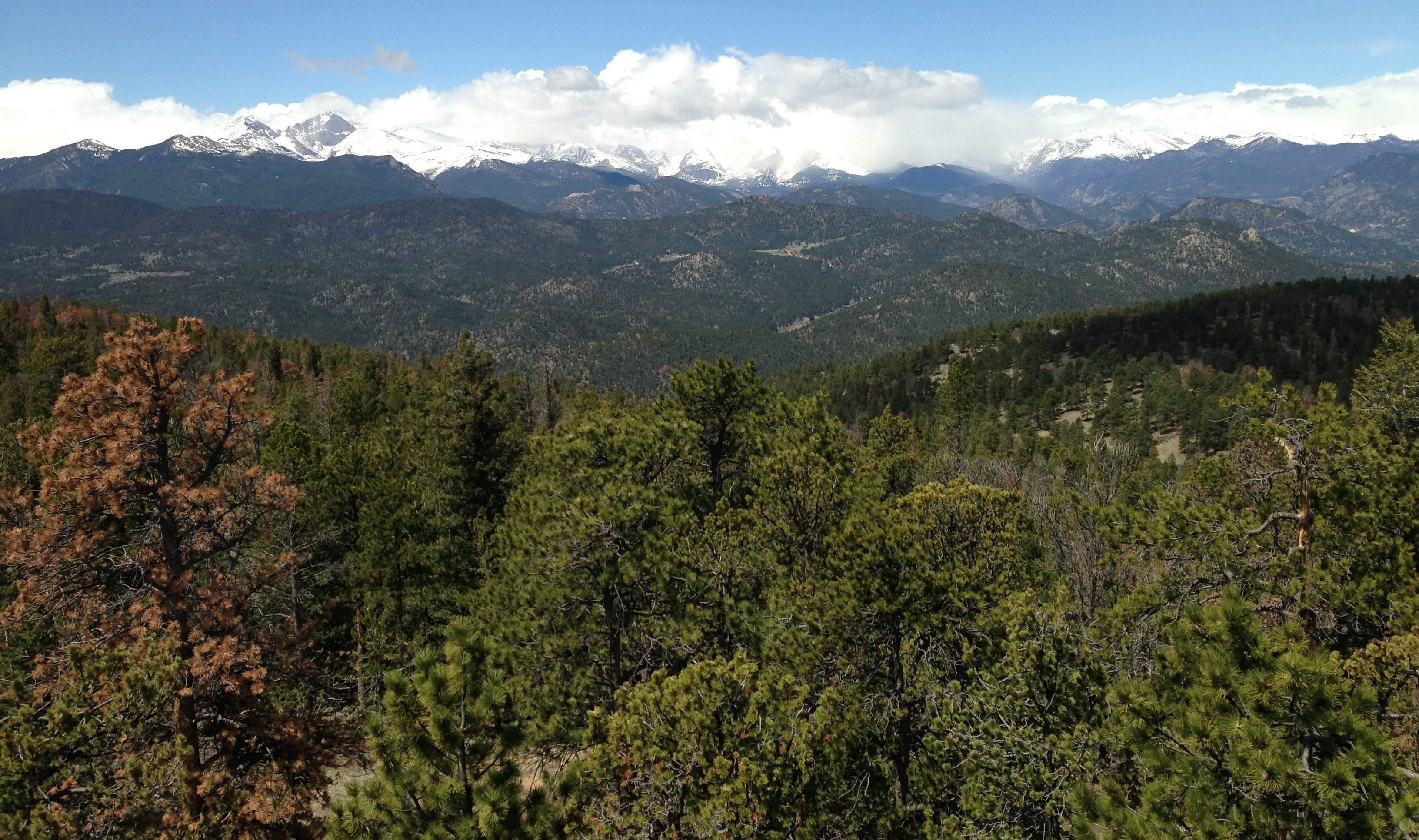The bark beetle epidemic of the late 2000s and early 2010s has has left few forests unaffected in the Southern Rocky Mountains. As a result, fires that burn in beetle-affected forests will undoubtably be the norm for some time. Considering that a predicted drier and warmer climate increases the likelihood of fires, research on the effects of post-beetle fire on forest ecosystems is urgently needed!
In 2018, the Badger Creek fire burned over 21,000 acres of subalpine forest in southeastern Wyoming. The fire burned primarily lodgepole pine forest that was strongly affected by mountain pine beetles in the early 2010s. The fire also destroyed equipment that had been measuring atmospheric carbon and water exchange at the Chimney Park AmeriFlux site for nearly 10 years. Although the loss of equipment is costly, the fire and the available pre-fire data provide an excellent research opportunity!
I am happy to announce that we have been awarded an NSF Ecosystems RAPID grant to look into the effects of fire in lodgepole pine forests that were previously affected by bark beetles. The grand will enable us to address numerous questions, including: How does post-beetle fire intensity affect regeneration of the understory? Is there a difference in soil nutrients (i.e. Nitrogen) between low-intensity, understory fires and high-intensity, crown fires? You can read more about this project under Current Projects!






